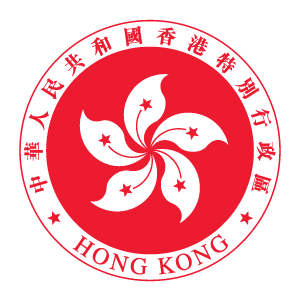

Website
Members
Committees
Bills
LegCo Databases
-
- |
-


| 1947 | 1951 | 1964 | |
| Total No. of Members | 16 | 18 | 26 |
| Official Members | 9 | 10 | 13 |
| Unofficial Members | 7 | 8 | 13 |
| 1998 | 2000 | 2004 | 2008 | |
| Total No. of Members | 60 | 60 | 60 | 60 |
| Members returned by functional constituencies | 30 | 30 | 30 | 30 |
| Members returned by geographical constituencies | 20 | 24 | 30 | 30 |
| Members returned by Election Committee | 10 | 6 | -- | -- |
| 2022 | |
| Total No. of Members | 90 |
| Members returned by the Election Committee | 40 |
| Members returned by functional constituencies | 30 |
| Members returned by geographical constituencies | 20 |